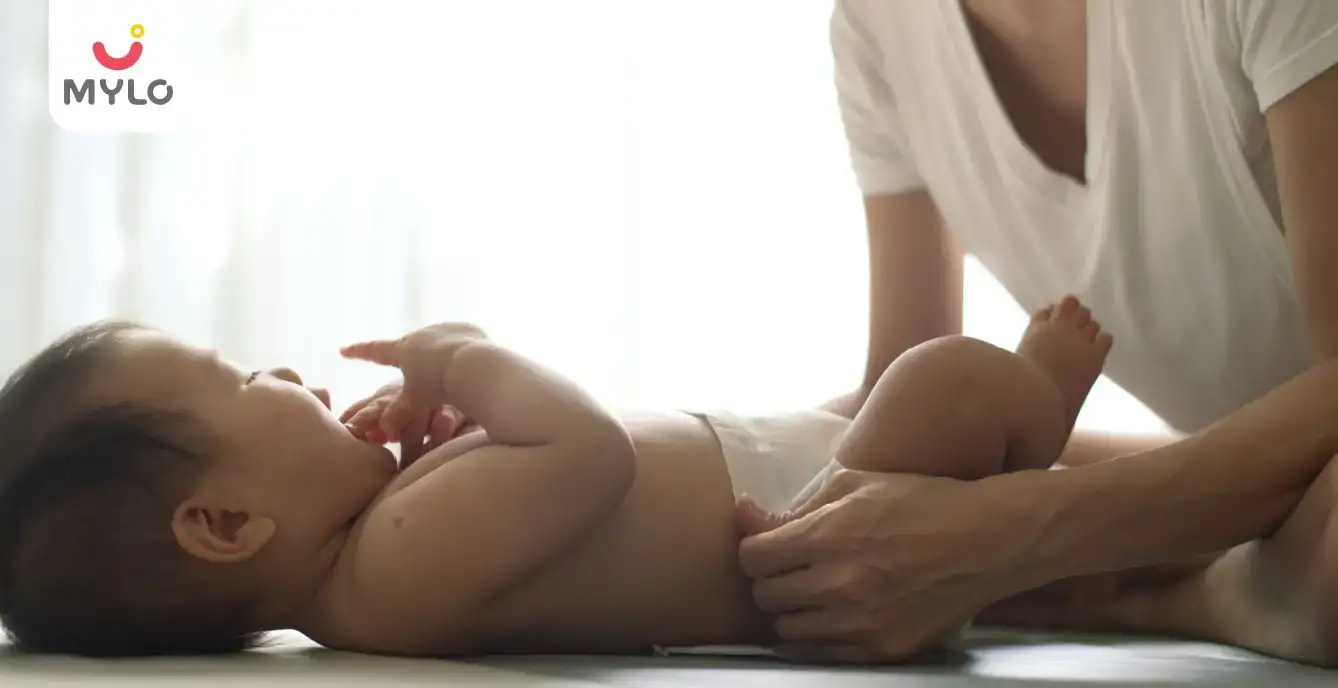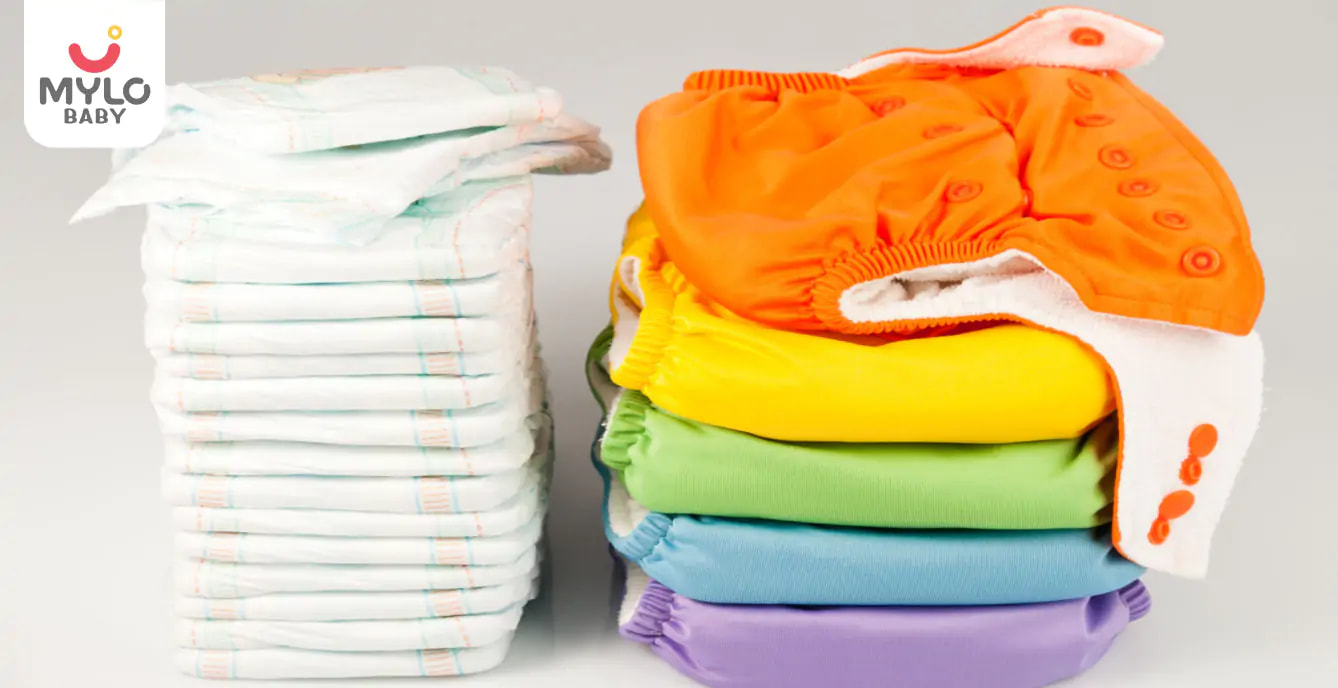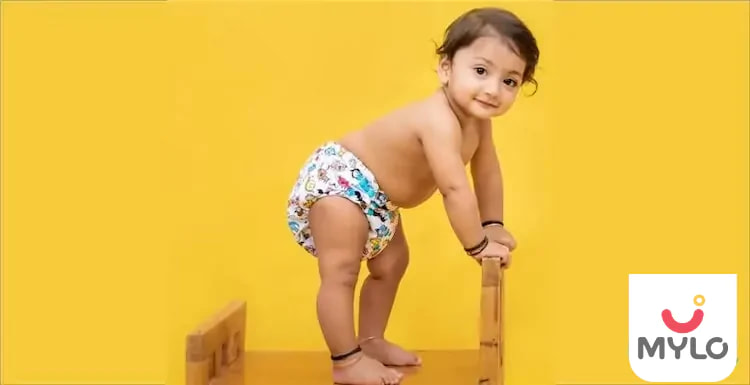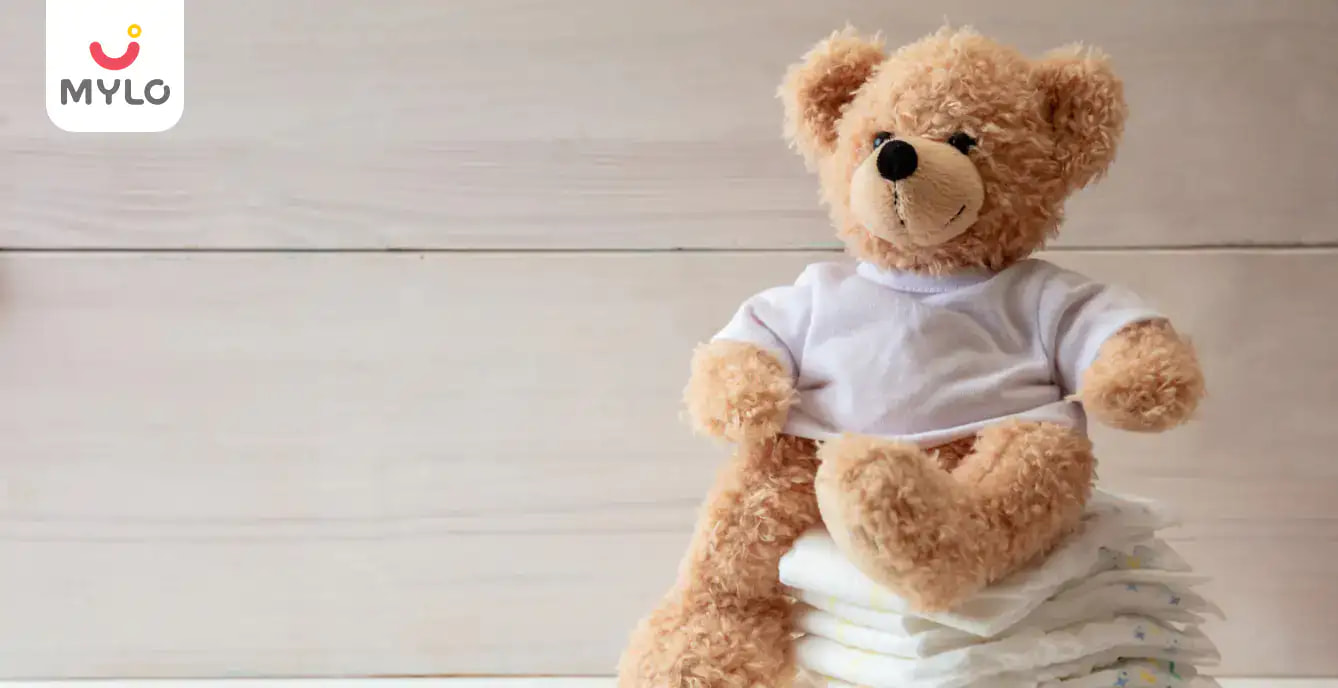Home

Diapering

A Beginners Guide: How to Change a Baby's Diaper?
In this Article
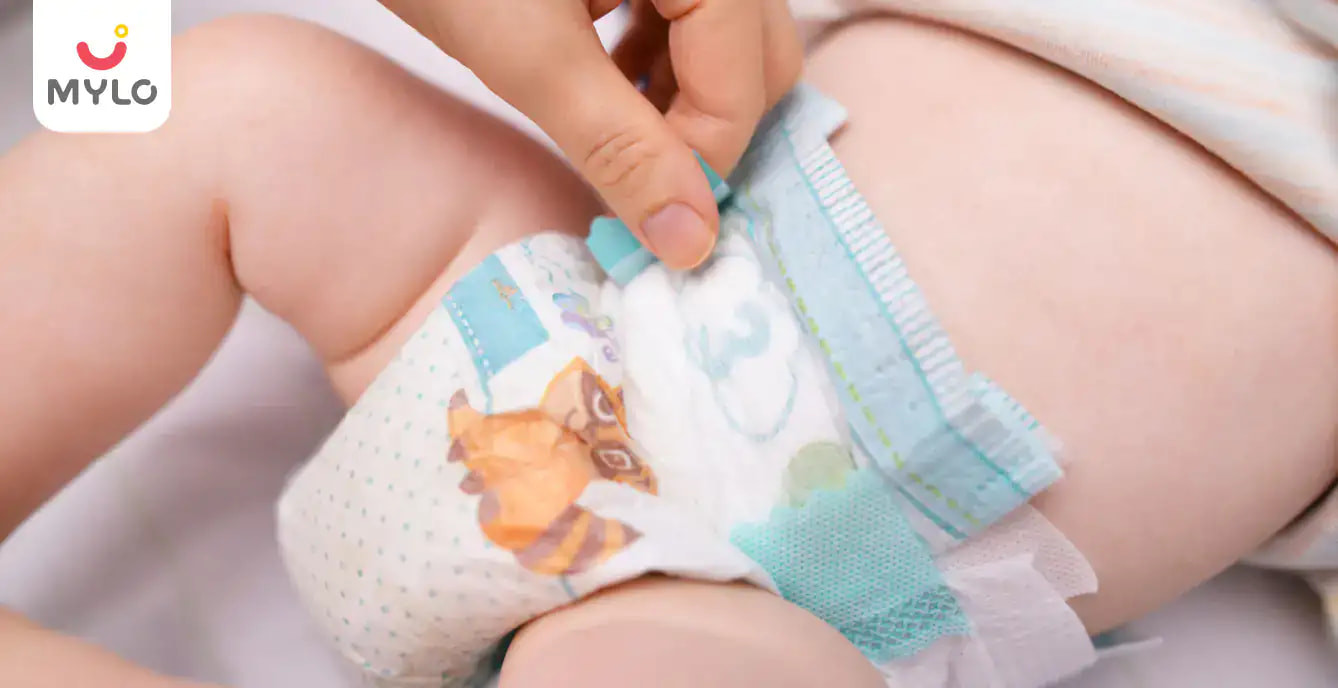
Diapering
A Beginners Guide: How to Change a Baby's Diaper?
Updated on 3 November 2023
A parent must decide whether to use disposable diapers or cloth diapers. Learn how to change a diaper step-by-step, including tips for making it easier for yourself
Overview
Making a choice between disposable diapers and reusable cloth diapers is a parent's choice. But before you plan to have a baby, getting a good knowledge about changing diapers will help you sail through the parenting journey.
If you've never changed a baby's diaper before, the task may seem overwhelming. Rest assured, once you've done it a few times, it will become second nature. And if you are a new parent, your baby will give you plenty of practice. Infants typically go through at least six to 10 diapers a day, adding up to more than 3,000 diaper changes in the first year. Keep reading to know about different practices to follow while changing baby diapers.
How to Change Disposable Diapers?
It's important to make sure you have everything you need (or could need) before you begin.
Supplies you need
Make sure you have the following:
* A safe, clean place to change the baby: Many parents use a changing table or a changing pad on the floor, bed, or couch. If you are using a changing table, it is recommended to use the safety straps and to follow the pad's instructions for anchoring it to the table. While a newborn won't move much, by 4 months old, your baby will know how to roll. Practicing safety from the start will help you be in the habit when your little one is on the move.
* Diapers, whether cloth or disposable, in the correct size.
* Something to wipe the baby with: Many parents use baby wipes to clean the diaper area, but a newborn's skin is sensitive and pediatricians recommend using warm water and a cloth or cotton balls during the first weeks of life (wipes sold pre-moistened only with water are another option). Traditional baby wipes, especially those containing alcohol, can cause rashes and irritation until children are about 2 months old.
* Diaper cream or ointment (if needed)
* "Emergency" supplies: In the case of a messy blowout, it's helpful to have a change of clothes for your baby and a bag on hand.
Changing a Disposable Diaper: Step by Step
1. Wash your hands and gather your supplies. Make sure you have everything you need in arm's reach.
2. Lay your baby on his back on the changing surface.
3. Unfasten the diaper tabs. Raise your child's bottom of the diaper by gently grasping his ankles and lifting. If there is a lot of poop present, you can use the upper half of the diaper to gently sweep it toward the lower half of the diaper.
4. Slide the diaper away from the baby and place it nearby, but out of reach of the baby.
5. Wipe the baby clean. When wiping a girl, always go from front to back to prevent an infection. Thoroughly cleanse the area so the baby does not get a rash.
6. Place any used disposable cleaning supplies on top of the soiled diaper.
7. Slide a clean diaper under your baby's bottom making sure the tabs are on the side located under your child's bottom. Most diapers today have colorful markings or characters indicating the front of the diaper.
8. Before closing the diaper, apply any ointments or creams your doctor has recommended for rashes. Doing this step after you've placed the new diaper under your baby will help prevent you from having to clean ointments off the changing surface, which can sometimes be difficult.
9. Close the new diaper by pulling the front up over his belly and pulling the tabs open and around to the fastening surface. If you are not using specially cut newborn diapers, be sure to fold the diaper down to avoid irritation of the umbilical stump until it falls off.
10. Roll the used diaper and wrap the tabs all the way around it. Place the diaper in a bag, diaper bin, or garbage can.
11. Wash your and your baby's hands, and clean the changing surface. This step is especially important if your baby is ill, as it helps prevent recontamination.
Tips for changing a baby's diaper
You and your baby will soon get into a groove, but these tips may be helpful as you find your way:
* Follow your doctor's instructions when caring for a healing circumcision and umbilical stump.
* Take care not to make the diaper too tight. You want to avoid leaks, but a too-tight diaper can cause pressure on your baby's stomach making him more likely to spit up. This is especially true after feedings.
* If your baby has a rash that doesn't clear up after a few days, or if he seems to be in a lot of pain and has skin that is red and raw in appearance, contact your pediatrician immediately.
* It can be helpful to always keep one hand on your baby when looking away or reaching for a clean diaper.
* Never change or leave a dirty diaper where food is prepared or eaten.
How to Change Washable Cloth Diapers?
Changing a Reuseable Cloth Diaper: Step by Step
Everyone knows that changing a soiled diaper is necessary but moms and dads often avoid changing the free-size reusable cloth diaper after every pee. This is a wrong practice. It is necessary to keep the babies clean and dry all the time to avoid any sort of skin infection, rashes, or eczema. Free Size reusable diapers can absorb only one episode of pee and your baby will need the change every time he/she pees.
Newborns pee more often than toddlers and you must change their diapers every 2 hours. With toddlers, you can stretch it to 2-4 hours as they wet less frequently. That means that on average you will need to change your baby 7-10 times a day.
How to know when the free-size reusable cloth diaper is wet?
Unlike disposable diapers, free-size reusable cloth diapers don’t give you ‘it’s time to change’ signs. Neither they turn squishy nor have the little color-changing line that indicates that your baby has peed. However, the following tips will help you to understand when you need to replace your baby’s free-size reusable cloth diaper.
● The free-size reusable cloth diapers come with absorbent inserts or soakers. They usually last for 2-3 hours for normal wetting little ones. But you must change the cloth diaper before if it is wobbling or hanging low.
● Touch the outer surface of the diaper to check whether it is wet or not if you haven’t used the waterproof linings. If it’s wet, it’s time to change it.
● Cloth diapers are made of cotton or other similar fabric which gets stiff when wet. Squeeze the cloth and feel. You will know that it is time to change the diaper if the hemp or bamboo inserts are bunched together.
● Reusable diapers are a snug fit around the legs and they don’t give any room for the poop to escape. Rather than opening it straight or poking your finger to check whether the diaper is wet or not, it is always better to take a peek from behind.
Why Diaper Change is Important?
You may not like them but frequent diaper changes are important to prevent rashes or skin irritation.
Conclusion
Avoid continuous usage of diapers for babies and try allowing some diaper-free time to your baby between the diaper changes to let their skin breathe.
Mylo Essentials Free Size Reuseable Cloth Diapers are super-absorbent and possess antibacterial properties. They are perfect to make your baby feel comfortable while at home. They are adjustable, skin-friendly, and easy to wash. You can shop out of printed and solid color options. What more you could have asked for. Explore the Mylo Store now!
Trending Articles
how to remove pregnancy stretch marks | when to start solid food for babies | doppler test in pregnancy | double marker test results
Popular Articles
sex positions for conceiving | cloth diapers vs disposable diapers | normal delivery tips | ovulation period for pregnancy
.webp&w=1900&q=90)
Adjustable & Reusable Cloth Diaper - Twinkle Twinkle Print - Pack of 1
Oeko-Tex Certified | Prevents Rashes
₹ 677

4.0
(11925)


36133 Users bought



Written by
Mittali Khurana
Mittali is a content writer by profession. She is a dynamic writer with 04+ years of experience in content writing for E-commerce, Parenting App & Websites, SEO.
Read MoreGet baby's diet chart, and growth tips
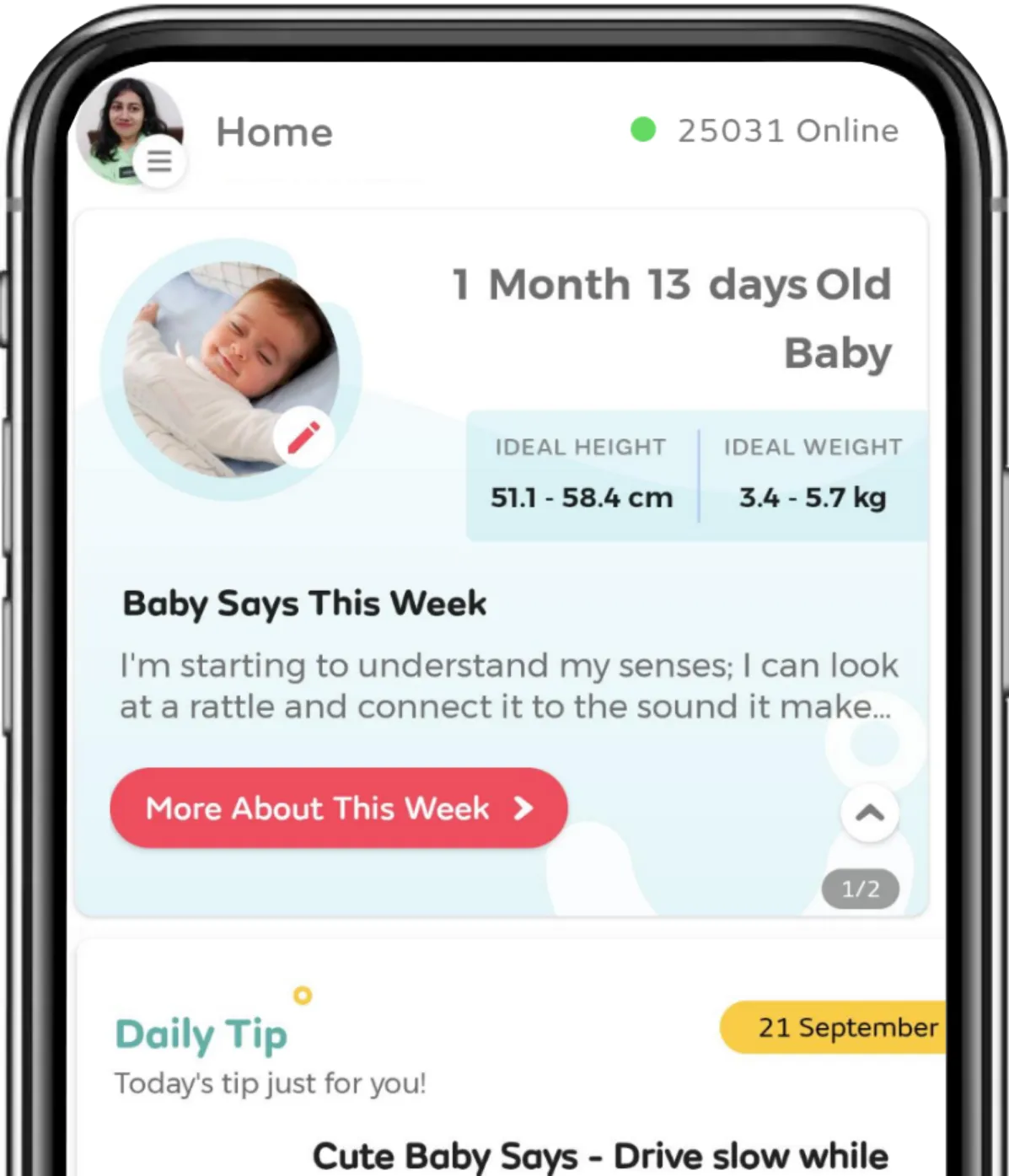
Related Articles
Related Questions
Hello frnds..still no pain...doctor said head fix nhi hua hai..bt vagina me pain hai aur back pain bhi... anyone having same issues??

Kon kon c chije aisi hai jo pregnancy mei gas acidity jalan karti hain... Koi btayega plz bcz mujhe aksar khane ke baad hi samagh aata hai ki is chij se gas acidity jalan ho gyi hai. Please share your knowledge

I am 13 week pregnancy. Anyone having Storione-xt tablet. It better to have morning or night ???

Hlo to be moms....i hv a query...in my 9.5 wk i feel body joint pain like in ankle, knee, wrist, shoulder, toes....pain intensity is high...i cnt sleep....what should i do pls help....cn i cosult my doc.

Influenza and boostrix injection kisiko laga hai kya 8 month pregnancy me and q lagta hai ye plz reply me

RECENTLY PUBLISHED ARTICLES
our most recent articles
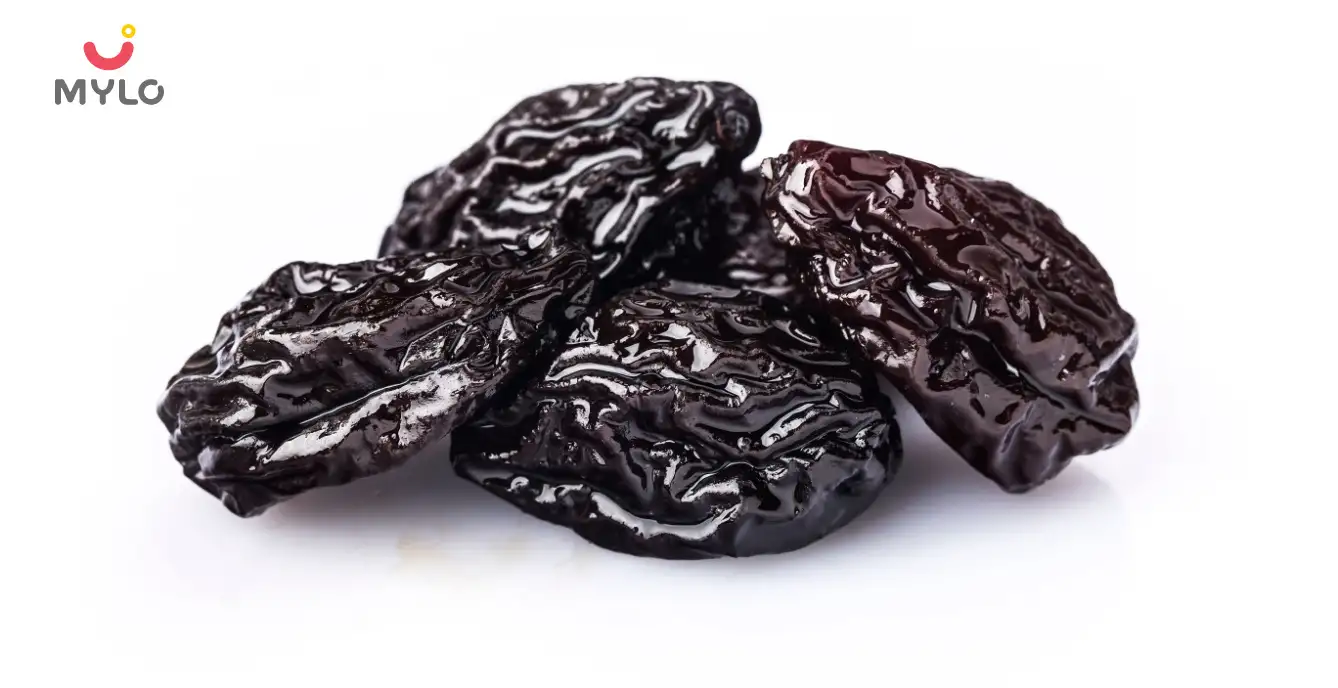
Diet & Nutrition
গর্ভাবস্থায় আলুবোখরা: উপকারিতা ও ঝুঁকি | Prunes During Pregnancy: Benefits & Risks in Bengali
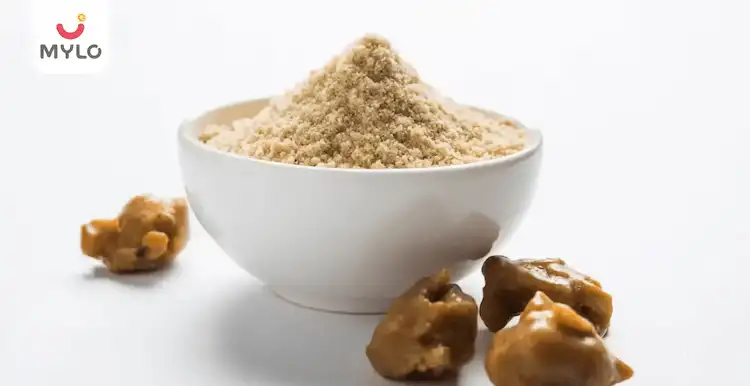
Diet & Nutrition
গর্ভাবস্থায় হিং | ঝুঁকি, সুবিধা এবং অন্যান্য চিকিৎসা | Hing During Pregnancy | Risks, Benefits & Other Treatments in Bengali
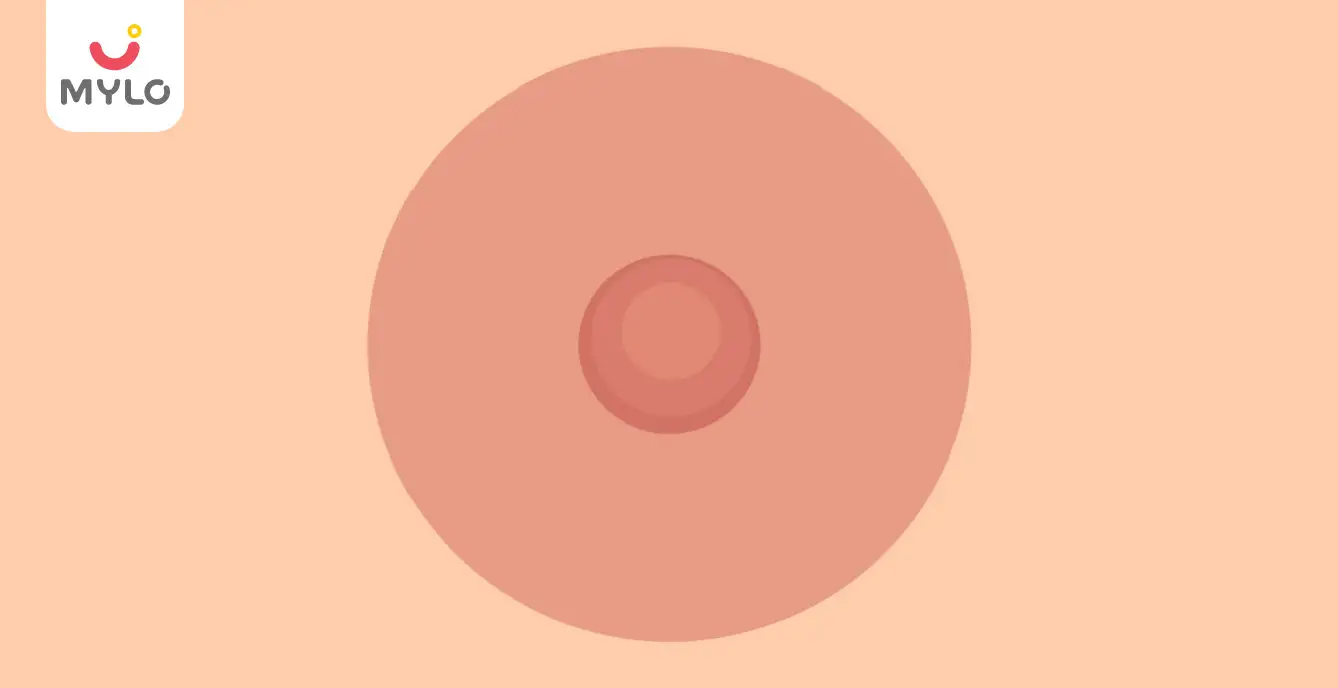
Women Specific Issues
স্তনের উপর সাদা দাগ: লক্ষণ, কারণ এবং চিকিৎসা | White Spots on Nipple: Causes, Symptoms, and Treatments in Bengali

Diet & Nutrition
গর্ভাবস্থায় পোহা: উপকারিতা, ধরণ এবং রেসিপি | Poha During Pregnancy: Benefits, Types & Recipes in Bengali

Diet & Nutrition
গর্ভাবস্থায় মাছ: উপকারিতা এবং ঝুঁকি | Fish In Pregnancy: Benefits and Risks in Bengali

Diet & Nutrition
গর্ভাবস্থায় রেড ওয়াইন: পার্শ্ব প্রতিক্রিয়া এবং নির্দেশিকা | Red Wine During Pregnancy: Side Effects & Guidelines in Bengali
- ইনার থাই চ্যাফিং: কারণ, উপসর্গ এবং চিকিৎসা | Inner Thigh Chafing: Causes, Symptoms & Treatment in Bengali
- গর্ভাবস্থায় ব্রাউন রাইস: উপকারিতা ও সতর্কতা | Brown Rice During Pregnancy: Benefits & Precautions in Bengali
- Velamentous Cord Insertion - Precautions, Results & Safety
- Unlock the Secret to Flawless Skin: 7 Must-Have Qualities in a Face Serum
- Unlock the Secret to Radiant Skin: How Vitamin C Serum Can Transform Your Complexion
- Gender No Bar: 10 Reasons Why Everyone Needs a Body Lotion
- Unlock the Secret to Radiant Skin How to Choose the Perfect Body Lotion for Your Skin Type
- Top 10 Reasons to Apply a Body Lotion After Every Bath
- Communication in Toddlers: Milestones & Activities
- How to Improve Vocabulary for Toddlers?
- A Comprehensive Guide to Understanding Placenta Accreta
- Vulvovaginitis in Toddlers Causes, Symptoms and Treatment
- A Comprehensive Guide to Understanding Cerebral Palsy in Children
- Bitter Taste in Mouth During Pregnancy: Understanding the Causes and Remedies


AWARDS AND RECOGNITION

Mylo wins Forbes D2C Disruptor award

Mylo wins The Economic Times Promising Brands 2022
AS SEEN IN













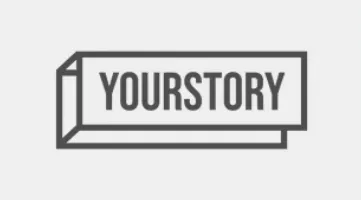


- Mylo Care: Effective and science-backed personal care and wellness solutions for a joyful you.
- Mylo Baby: Science-backed, gentle and effective personal care & hygiene range for your little one.
- Mylo Community: Trusted and empathetic community of 10mn+ parents and experts.
Product Categories
baby carrier | baby soap | baby wipes | stretch marks cream | baby cream | baby shampoo | baby massage oil | baby hair oil | stretch marks oil | baby body wash | baby powder | baby lotion | diaper rash cream | newborn diapers | teether | baby kajal | baby diapers | cloth diapers |



